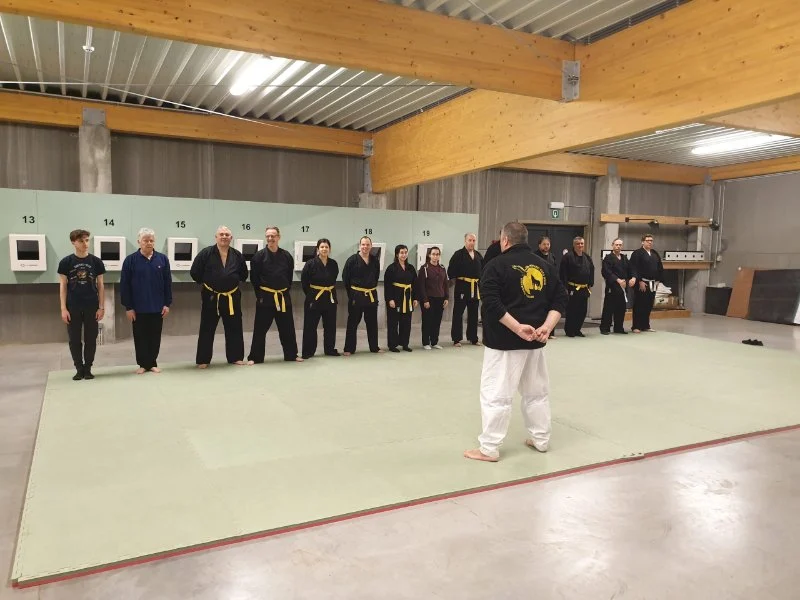
- Importance of Tae Kwon Do for Law Enforcement
- Self-Defense Techniques in Tae Kwon Do
- Mental Discipline and Focus through Martial Arts
- Effective Training Programs for Officers
- Real-World Applications and Success Stories
Importance of Tae Kwon Do for Law Enforcement
Tae Kwon Do is a Korean martial art that emphasizes speed, agility, and precision—qualities that are vital for law enforcement officers in the line of duty. Officers frequently face situations where physical engagement is necessary to subdue suspects, and Tae Kwon Do offers effective techniques for self-defense and control. Unlike traditional self-defense methods, Tae Kwon Do provides a holistic approach, combining striking, blocking, and grappling techniques that are effective in various real-world scenarios.
The martial art's focus on dynamic movement allows officers to react swiftly and assertively in stressful situations. By training in Tae Kwon Do, law enforcement personnel can improve their physical fitness, enhance their reflexes, and gain the confidence needed to handle potentially dangerous encounters.
Self-Defense Techniques in Tae Kwon Do
One of the most valuable aspects of Tae Kwon Do for law enforcement officers is its wide array of self-defense techniques. Officers are often confronted with situations where they need to disarm or incapacitate a suspect quickly. Tae Kwon Do teaches methods to subdue an attacker using efficient and non-lethal force. Key techniques include:
- Powerful Kicks: Tae Kwon Do is known for its high, fast, and powerful kicks. Officers can use these to disable attackers or create distance when necessary.
- Joint Locks and Holds: Techniques like wrist grabs and joint locks are ideal for controlling a suspect without causing harm. These methods allow officers to restrain suspects until backup arrives or the situation de-escalates.
- Quick Reflexes: Tae Kwon Do training helps improve reflexes, which is essential when officers need to react instantly to threats.
These techniques are designed to minimize injury while effectively neutralizing threats, making them ideal for law enforcement officers who need to maintain control over volatile situations without resorting to excessive force.

Plus One Defense Systems / plus one defense
West HartfordCapitol Planning RegionConnecticut
9 Tolles St, West Hartford, CT 06110, USA
Mental Discipline and Focus through Martial Arts
Beyond the physical benefits, Tae Kwon Do also promotes mental discipline, focus, and emotional control—attributes essential for law enforcement officers. The rigorous training involved in mastering Tae Kwon Do requires concentration and self-control, qualities that directly translate into improved decision-making under pressure. Officers who practice martial arts regularly develop a heightened sense of awareness, mental clarity, and resilience, which are crucial when making split-second decisions in dangerous situations.
Furthermore, the structured environment of Tae Kwon Do training teaches officers how to remain calm, avoid unnecessary confrontation, and respond to aggression with calculated actions. This mental toughness helps officers remain focused, even in the most chaotic scenarios, ensuring they can handle difficult situations effectively.
Effective Training Programs for Officers
Many law enforcement agencies are now incorporating Tae Kwon Do and other martial arts into their regular training programs to better equip officers for physical confrontations. These programs focus on teaching officers the basics of self-defense, physical fitness, and conflict resolution. Some training programs also include scenario-based drills where officers practice applying Tae Kwon Do techniques in realistic, high-pressure environments.
For instance, a law enforcement Tae Kwon Do curriculum might involve exercises in:
- Disarming Techniques: Officers learn to neutralize armed suspects using Tae Kwon Do’s grappling techniques, including joint locks and pressure points.
- De-escalation Strategies: Martial arts training also emphasizes de-escalating aggressive behavior, helping officers avoid the use of excessive force while still maintaining control of the situation.
- Fitness and Endurance: Tae Kwon Do improves overall physical fitness, strength, and agility, which are vital for endurance in the field.
By regularly engaging in Tae Kwon Do training, law enforcement officers can increase their confidence, improve their skills, and enhance their overall performance on the job.
Real-World Applications and Success Stories
There are numerous success stories demonstrating how Tae Kwon Do has helped law enforcement officers in real-world situations. One example is a police officer who used a quick spinning kick to disarm an armed suspect, preventing a potential shooting incident. In another case, an officer employed joint locks taught in Tae Kwon Do to safely restrain a violent suspect without injury.
These stories highlight the practicality of martial arts training for officers and how it can significantly impact the outcomes of high-risk situations. Officers trained in Tae Kwon Do are often better prepared to face physical confrontations with a level of skill and control that reduces harm to themselves and others.
For officers looking to enhance their self-defense skills and physical fitness, Tae Kwon Do is a proven martial art that offers practical applications in law enforcement. If you're interested in training or learning more about Tae Kwon Do for law enforcement, consider visiting Jeuns TKD Hub, a comprehensive resource for martial arts training and equipment.



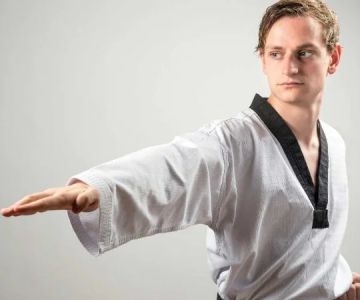
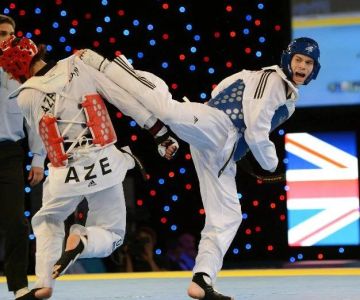
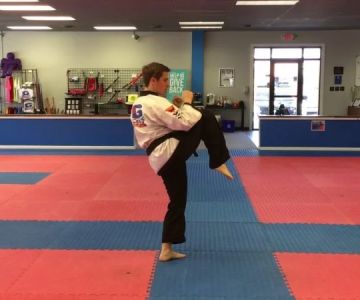
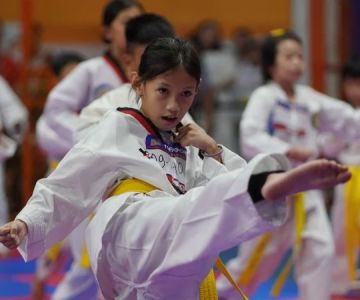
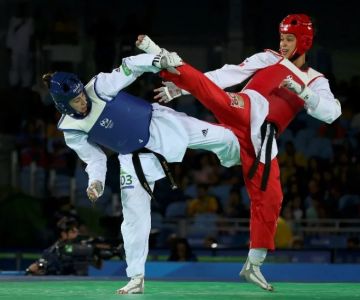
 Axtion Club4.0 (74 reviews)
Axtion Club4.0 (74 reviews) Montella's Karate Academy5.0 (21 reviews)
Montella's Karate Academy5.0 (21 reviews) Master Moreland Tae Kwondo4.0 (17 reviews)
Master Moreland Tae Kwondo4.0 (17 reviews) Freestyle Martial Arts Academy5.0 (52 reviews)
Freestyle Martial Arts Academy5.0 (52 reviews) Kimling's Academy of Martial Arts4.0 (73 reviews)
Kimling's Academy of Martial Arts4.0 (73 reviews) US OLYMPIC TAE KWON DO INSTITUTE5.0 (19 reviews)
US OLYMPIC TAE KWON DO INSTITUTE5.0 (19 reviews)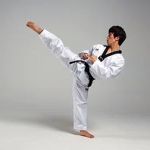 How to Execute a Jumping Roundhouse Kick to the Head
How to Execute a Jumping Roundhouse Kick to the Head How to Execute a Double Kick Combination in Sparring
How to Execute a Double Kick Combination in Sparring How to Perform a Flawless Axe Kick: A Step-by-Step Guide
How to Perform a Flawless Axe Kick: A Step-by-Step Guide DIY Tae Kwon Do Training Equipment for Home Practice
DIY Tae Kwon Do Training Equipment for Home Practice How to Increase Your Vertical Jump for Tae Kwon Do Flying Kicks
How to Increase Your Vertical Jump for Tae Kwon Do Flying Kicks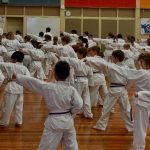 The History of the Tae Kwon Do Peace Corps
The History of the Tae Kwon Do Peace Corps